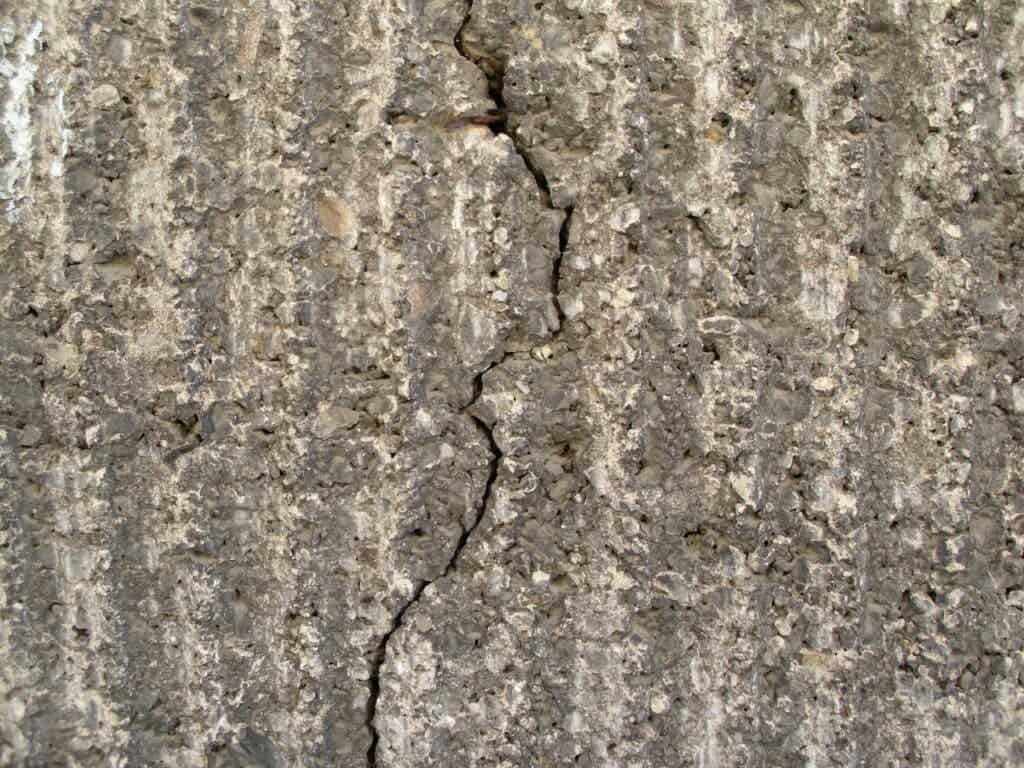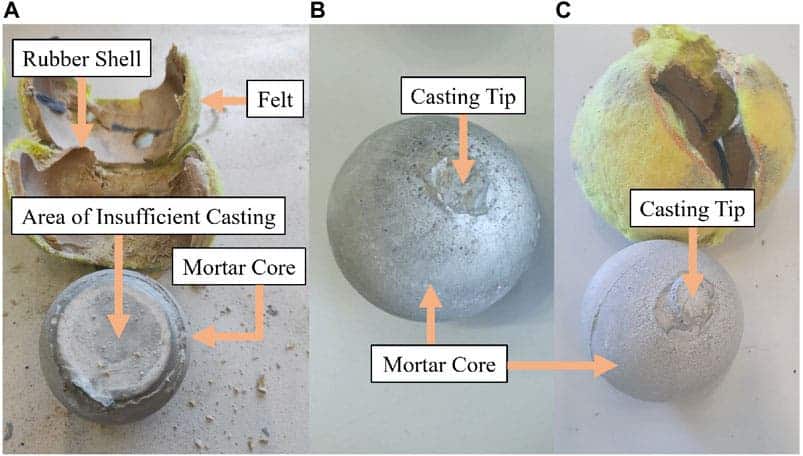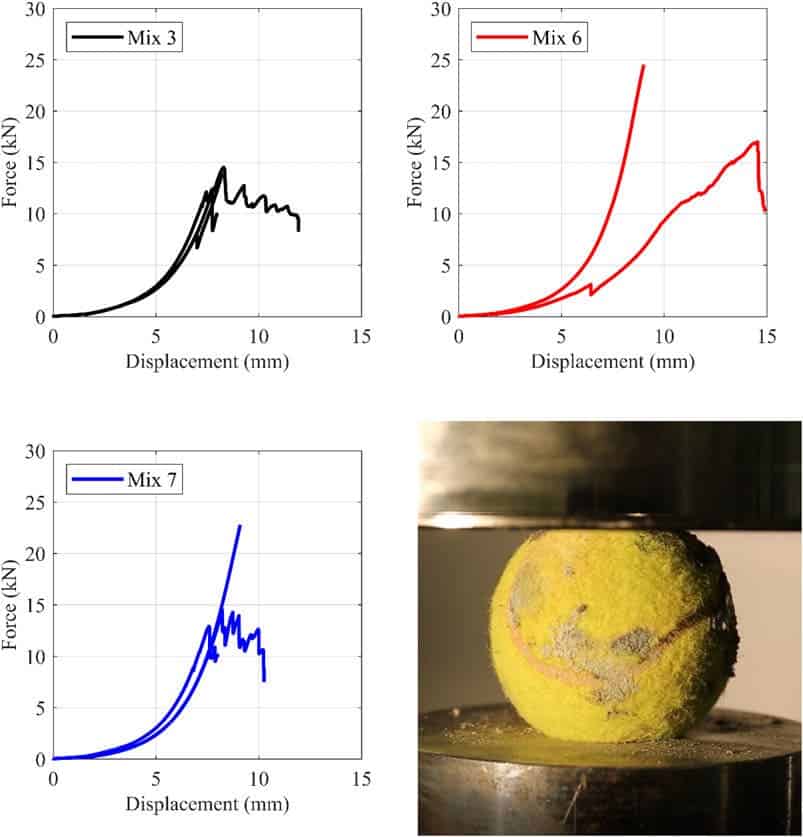Ensuring that a building is earthquake-proof (or at least earthquake-resistant) can be an expensive and challenging task. But according to a new study, a low-cost system can help: mortar-filled tennis balls.

In modern times, earthquakes have become a bigger and bigger problem as the world becomes more urbanized. For starters, there are more people living in urban areas and multi-storey buildings. In addition, a lot of buildings are getting older and more vulnerable, and reinforcing or fortifying buildings is expensive and rarely attempted in practice.
Even new buildings are sometimes not fortified — especially in lower-income countries, where the extra cost of anti-earthquake design is unaffordable. The vast majority of anti-earthquake systems involve rolling isolator systems, typically steel rollers rolling on steel surfaces — a type of design that’s often expensive. Even when in the long run, the building owners would save money on building maintenance and repair, this type of system is rarely deployed.
But there could be a cheaper alternative.

A new method described by researchers from ETH Zurich in Switzerland uses tennis balls filled with mortar instead of specialized steel rollers. Using a closely-spaced grid of such spheres greatly reduces the cost, while also ensuring resilience against potential earthquakes. In addition, this could be a good way to reuse discarded tennis balls.
“The tennis spheres serve as permanent, spherical molds to cast mortar, and they are not removed after casting. The thin rubber shell of the tennis sphere offers increased damping and reduces stress concentrations at the contact areas. At the same time, this procedure creates a promising solution for the re-use of tennis spheres,” the researchers write.
“Tennis balls are used as permanent molds, meaning that they are not removed after casting. This has 2 main advantages: 1) The rubber shell of the tennis ball offers increased energy dissipation, and, 2) Local damage at the contact area is avoided since the shell offers stress distribution,” the team adds.

The balls were initially cut in half, filled with mortar (a mixture of cement, sand, and water), and then stuck together with tape. However, although researchers tried several different mortar mixtures, the result was unsatisfactory as the balls ended up substantially deformed. Subsequently, the balls were drilled and mortar was poured through the tiny drill — this approach proved much more effective. Overall, the cost of the tested tennis ball isolators was 0.05 $ per sphere.
The idea is to use the resulting tennis balls to separate the building from the ground. The spheres are set into concave indentations and in the event of an earthquake, they create a rolling movement that absorbs the brunt of the earth’s movement. They also produce more friction, which dissipates much of the earthquake’s energy. In the study, the researchers set a small artificial building on top of their prototype and subjected it to the type of movement you’d expect to see during an earthquake, finding that the system worked as they hoped.
This could be a cheap and efficient way to protect buildings, the researchers conclude — but there’s still a way to go before the method can be conclusively proven effective. The team now wants to trial out this approach using a larger building and see if it performs equally well.
“The idea is to isolate masonry structures by placing the spheres at a dense grid so that only a thin or no diaphragm slab at the isolation level is required. Saving this cost is crucial to make seismic isolation affordable in low-income countries.”
The study “Feasibility Study on Re-Using Tennis Balls as Seismic Isolation Bearings” was published in the journal Frontiers in Built Environment.






